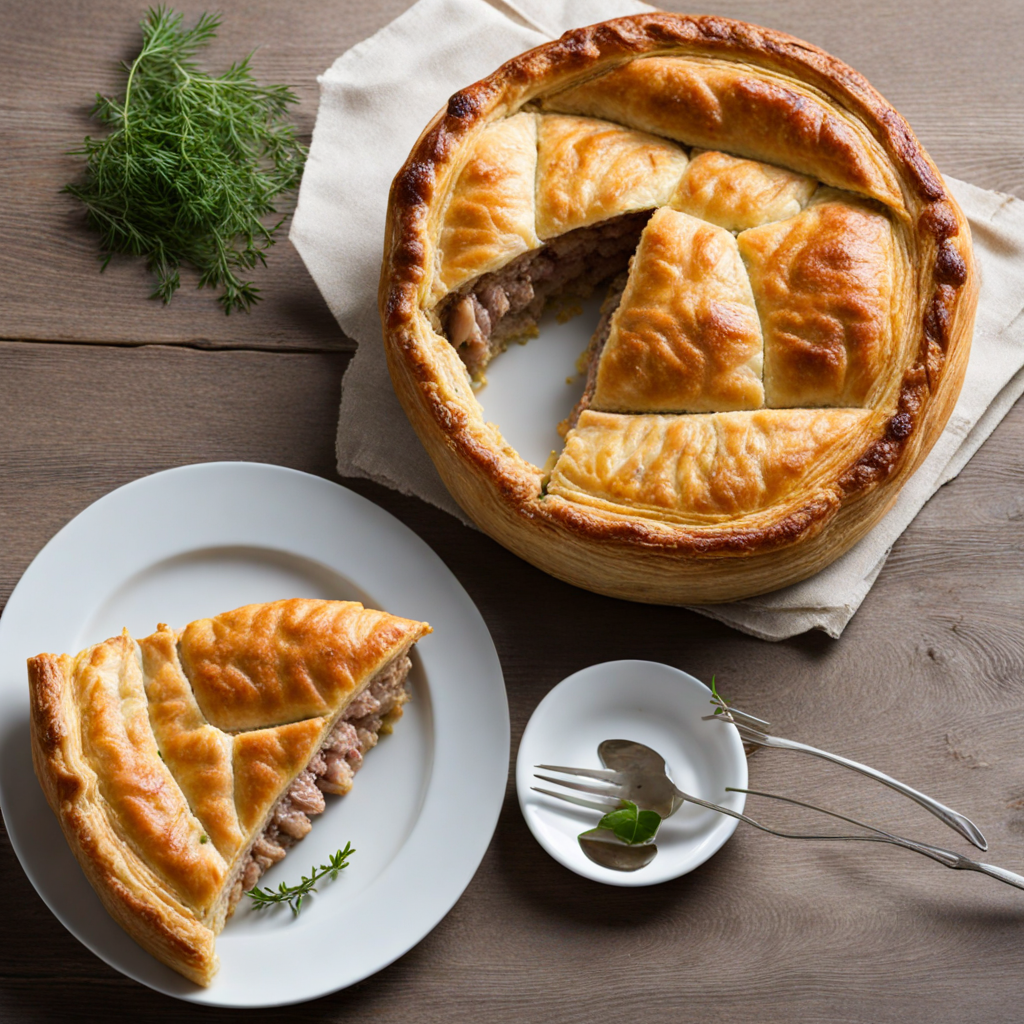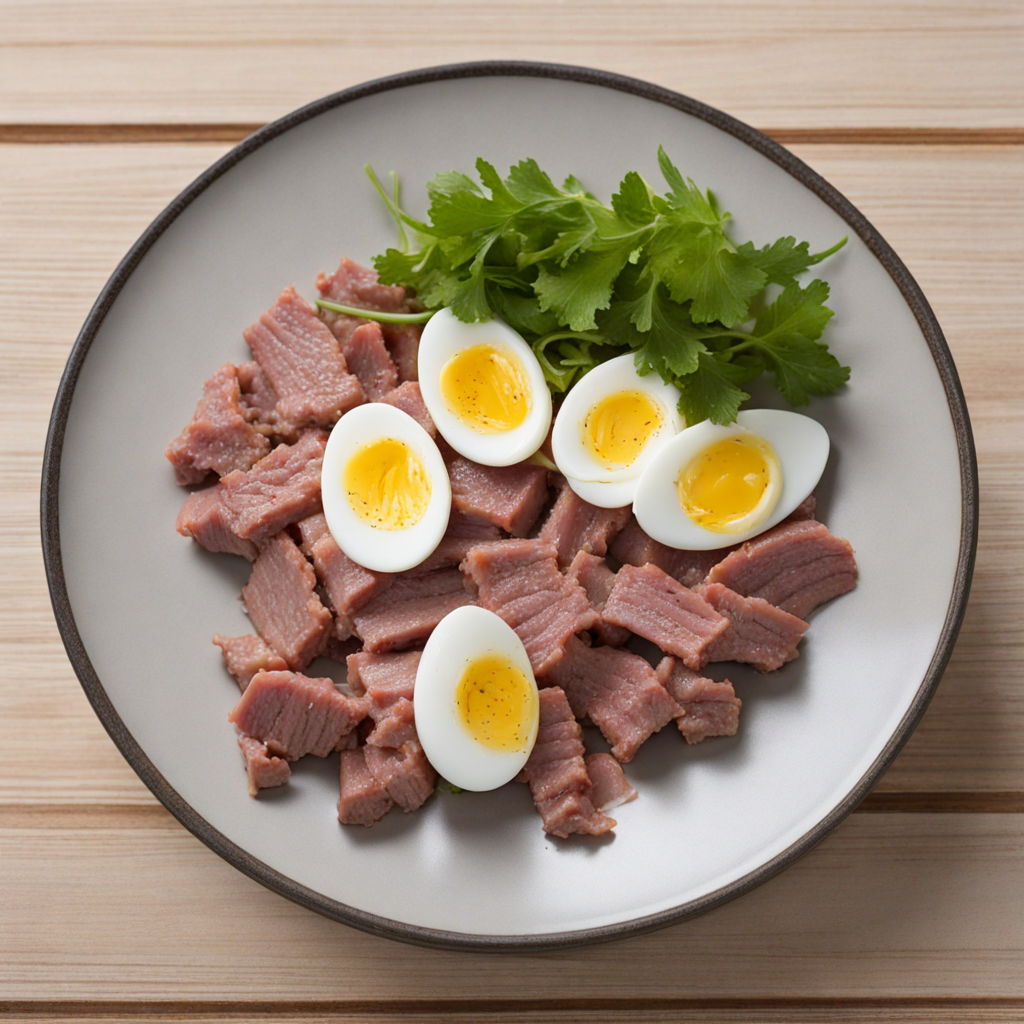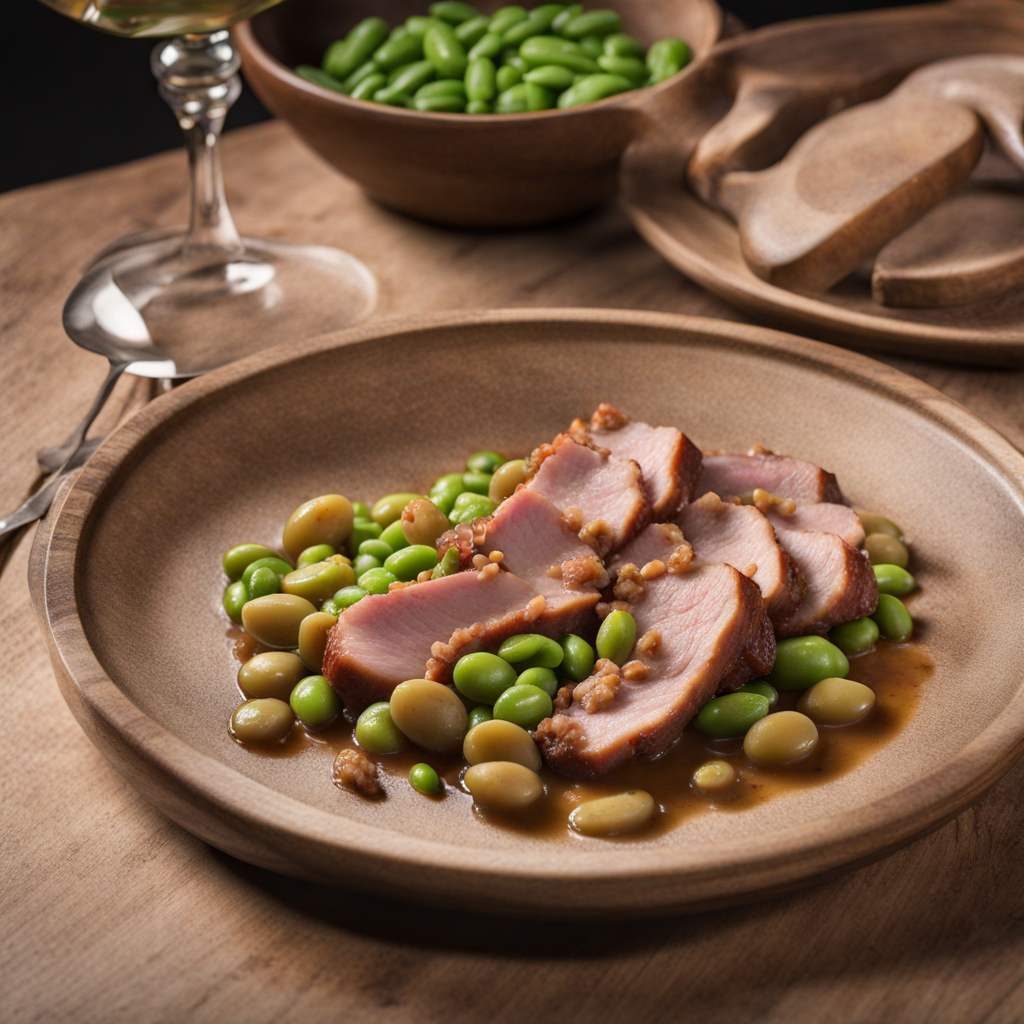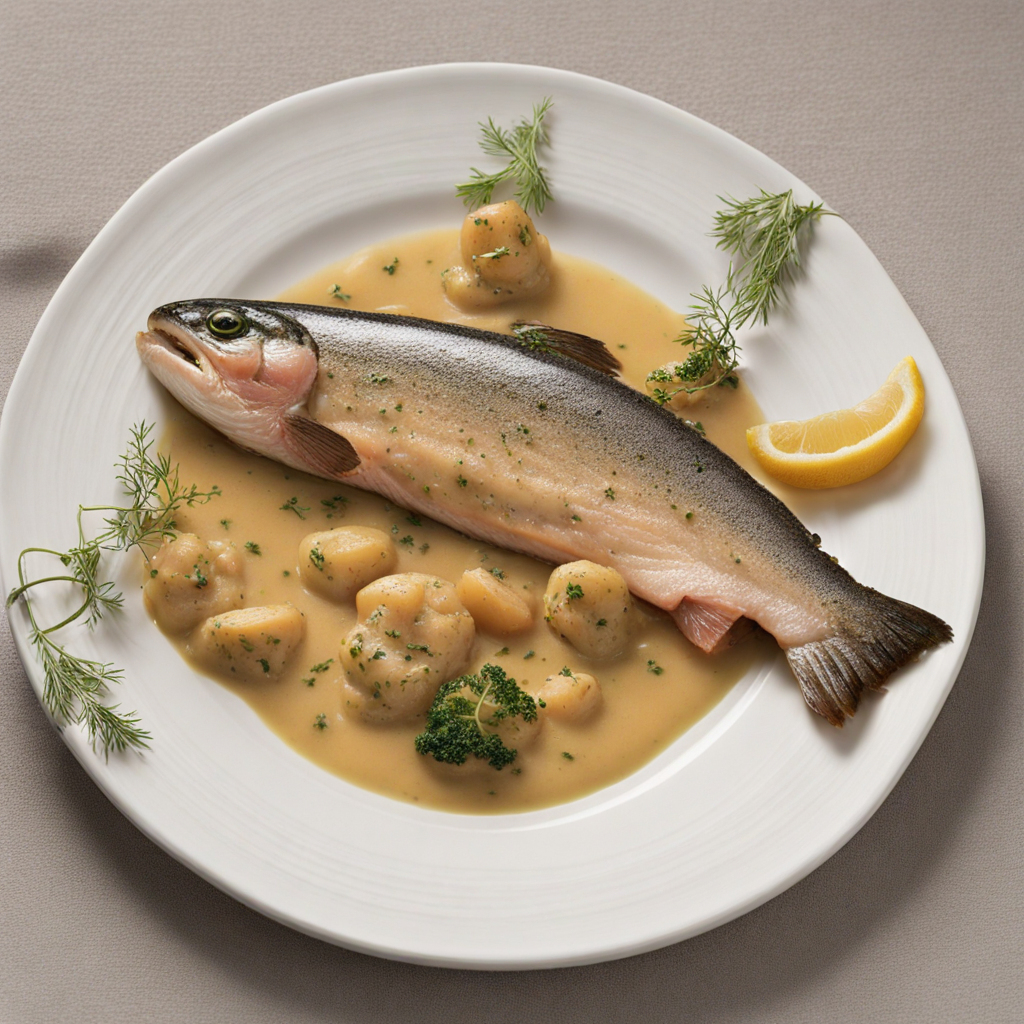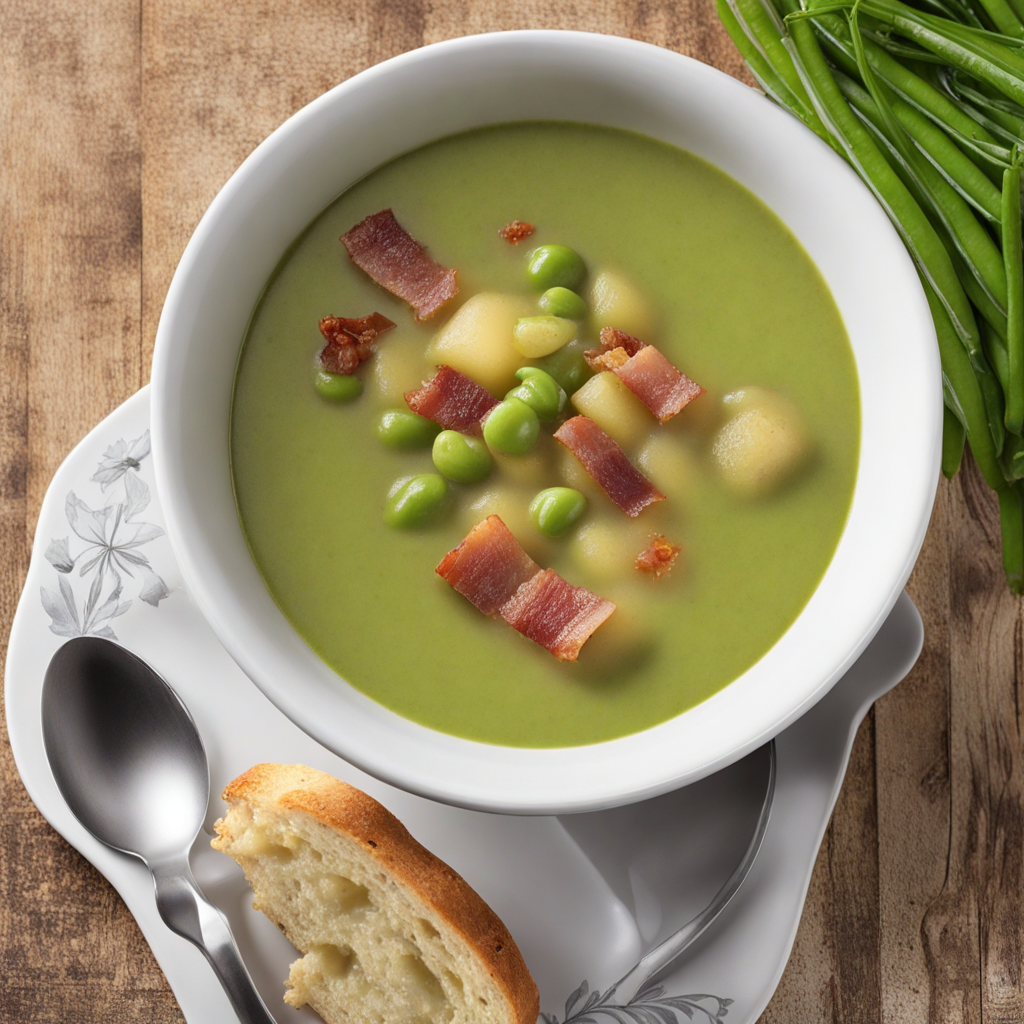Pâté Lorrain
Pâté Lorrain is a delightful culinary treasure that hails from the rich gastronomic traditions of Luxembourg. This savory dish is a type of meat pie, characterized by its flaky, golden-brown pastry that encases a generous filling of minced meat, typically a mixture of pork and sometimes beef or game. The meat is often seasoned with aromatic herbs and spices, which impart a depth of flavor that is both comforting and satisfying. The pastry itself is crafted from a buttery dough that crisps beautifully in the oven, providing a perfect contrast to the tender filling inside. The preparation of Pâté Lorrain is an art form, as the pie is traditionally baked in a rectangular or oval shape, showcasing the skill and care put into its creation. Each bite reveals a harmonious blend of textures and flavors, inviting you to savor the rich, savory meat complemented by the flaky crust. The use of fresh, local ingredients further enhances its appeal, making it a beloved dish among locals and visitors alike. Often served warm, it can be enjoyed as a main course or as a delightful snack, perfect for any occasion. This dish not only satisfies hunger but also offers a taste of Luxembourg's culinary heritage. Pâté Lorrain is frequently accompanied by pickles or a tangy chutney, which adds a refreshing contrast to the richness of the meat pie. As you indulge in this delightful dish, you'll discover the essence of Luxembourg's flavors and traditions, making it a must-try for anyone eager to explore new culinary experiences. Whether enjoyed at a festive gathering or as a comforting family meal, Pâté Lorrain is sure to leave a lasting impression on your palate.
How It Became This Dish
Pâté Lorrain, a delightful pastry dish hailing from the region of Lorraine, France, has carved out a niche in the culinary traditions of Luxembourg as well. This savory meat pie, characterized by its flaky pastry and rich filling, reflects a tapestry of cultural influences and historical developments that have shaped both Lorraine and Luxembourg’s gastronomic landscapes. Origins The roots of Pâté Lorrain can be traced back to the medieval period, a time when the region of Lorraine was a melting pot of various cultures due to its strategic location at the crossroads of France, Germany, and Belgium. The name "Lorrain" itself denotes its geographic ties to Lorraine, which derives its name from the Latin "Lotharingia," after Lothair II, a king in the Carolingian dynasty. In the medieval era, the preparation of meat pies was a practical solution for preserving meat, especially during the harsh winters. The use of dough as a vessel for encasing meat not only extended the shelf life of the meat but also allowed for the incorporation of various spices and ingredients that could enhance flavor. Recipes from this era often included game meats, which were abundant in the forests of Lorraine. As trade routes developed, culinary traditions began to intertwine, bringing new ingredients and cooking techniques into the mix. The use of pork, which became more common with the rise of pig farming in the region, eventually found its way into the Pâté Lorrain. Local farmers and butchers would grind the meat, combine it with spices, and encase it in a flaky pastry, creating a dish that was both nourishing and satisfying. Cultural Significance Pâté Lorrain is not just a dish; it is a cultural artifact that embodies the history and identity of the Lorraine region. In Luxembourg, where historical ties to Lorraine run deep, Pâté Lorrain has become a beloved staple that reflects the shared culinary heritage. The dish is often served during family gatherings, celebrations, and local festivals, symbolizing unity and tradition. The preparation of Pâté Lorrain can also be seen as a communal activity, where families come together to make the pastry from scratch and fill it with a mixture of meats, often including pork, beef, and sometimes game. The act of making Pâté Lorrain serves as a way to pass down recipes and cooking techniques through generations, reinforcing familial bonds and cultural identity. In addition to its familial significance, Pâté Lorrain has also been celebrated in regional fairs and markets. It is common to see local bakers and chefs showcasing their versions of the dish, each with its unique twist. This sense of competition fosters a spirit of pride within the community, as each family or establishment aims to perfect their recipe while preserving the traditional elements that define this iconic dish. Development Over Time As time progressed, Pâté Lorrain evolved, adapting to changing tastes and culinary trends. The industrial revolution in the 19th century brought about significant changes in food production and consumption. With the rise of urbanization, people became more reliant on ready-made meals, and the artisanal preparation of dishes like Pâté Lorrain began to decline. However, traditional recipes persisted in rural areas, where families continued to uphold the practice of making the dish. The 20th century saw a resurgence of interest in traditional foods, particularly in the wake of the culinary movements that emphasized local and regional cuisine. Chefs began to rediscover classic recipes, inviting a new generation to appreciate the culinary heritage of their regions. In Luxembourg, this revival led to a renewed focus on Pâté Lorrain, with chefs experimenting with variations that incorporated local ingredients such as herbs, spices, and even wine. This modern interpretation has given rise to creative versions of Pâté Lorrain, which may include different types of meat or additional flavorings. Some chefs have embraced the concept of "pâté en croûte," a method of baking the meat mixture in pastry that allows for a stunning presentation and complex flavor profile. The dish has also found its way into contemporary gastronomy, where it is often plated with artistic flair, accompanied by seasonal vegetables or sauces that highlight the dish’s rich flavors. In recent years, there has been a concerted effort to preserve traditional recipes and cooking methods, partly as a response to globalization and the homogenization of food cultures. Culinary schools and cultural organizations in Luxembourg and Lorraine have sought to document and teach the art of making Pâté Lorrain, ensuring that future generations appreciate this culinary jewel. Conclusion Pâté Lorrain is more than just a savory pie; it is a symbol of the rich cultural heritage shared between Luxembourg and Lorraine. Its origins in medieval cooking, combined with its evolution through history, showcase the adaptability and resilience of traditional foods. As we savor this delicious dish today, we partake in a celebration of history, community, and identity, embodying the flavors that have transcended time and borders. Whether enjoyed at a festive gathering, a family meal, or in a gourmet restaurant, Pâté Lorrain continues to evoke a sense of nostalgia and connection to the land and its people. As the culinary landscape continues to evolve, the enduring legacy of Pâté Lorrain stands as a testament to the importance of preserving our culinary traditions while allowing room for innovation and creativity. In doing so, we honor not only the dish itself but also the generations of cooks who have passed down their love for this remarkable culinary treasure.
You may like
Discover local flavors from Luxembourg


